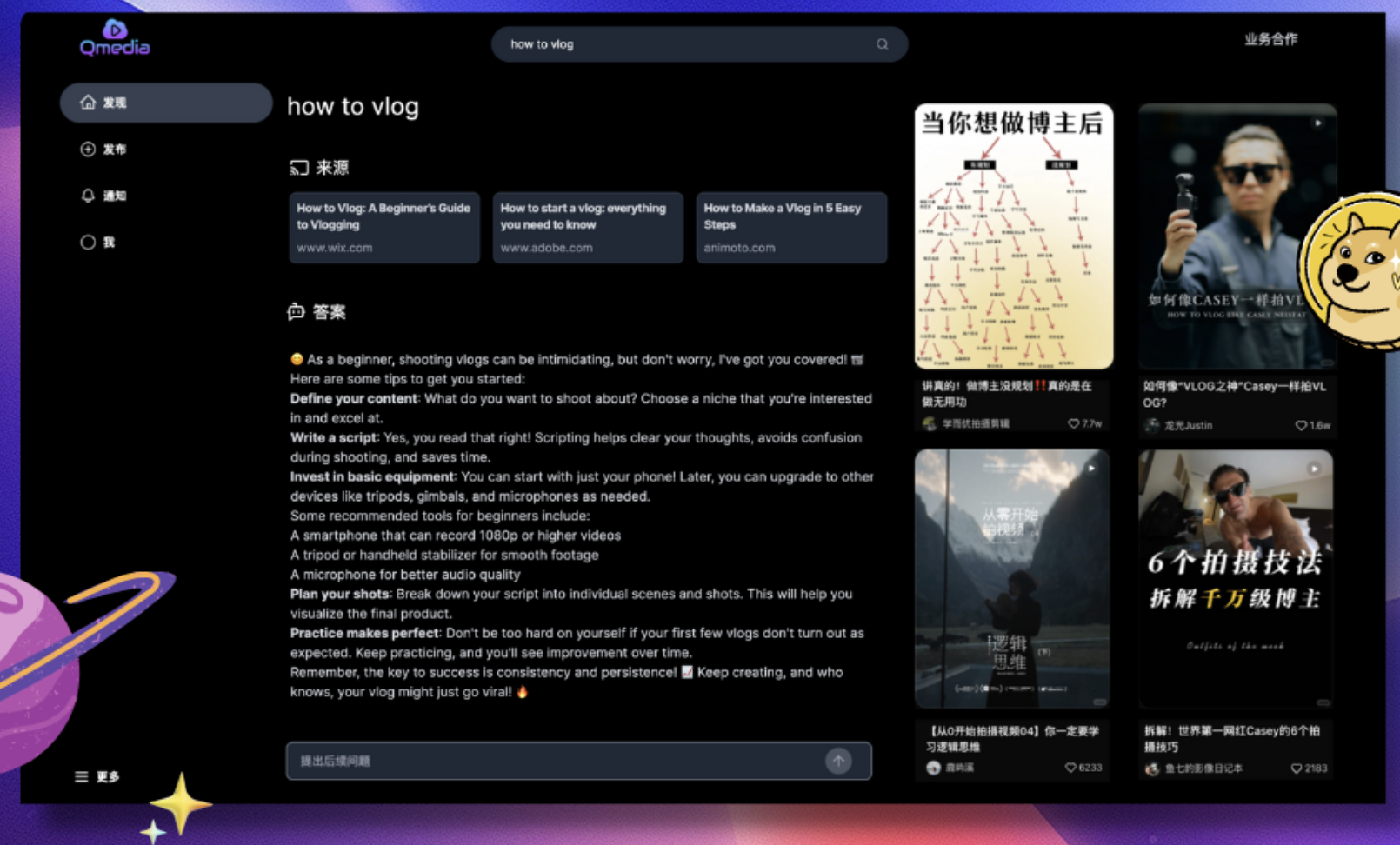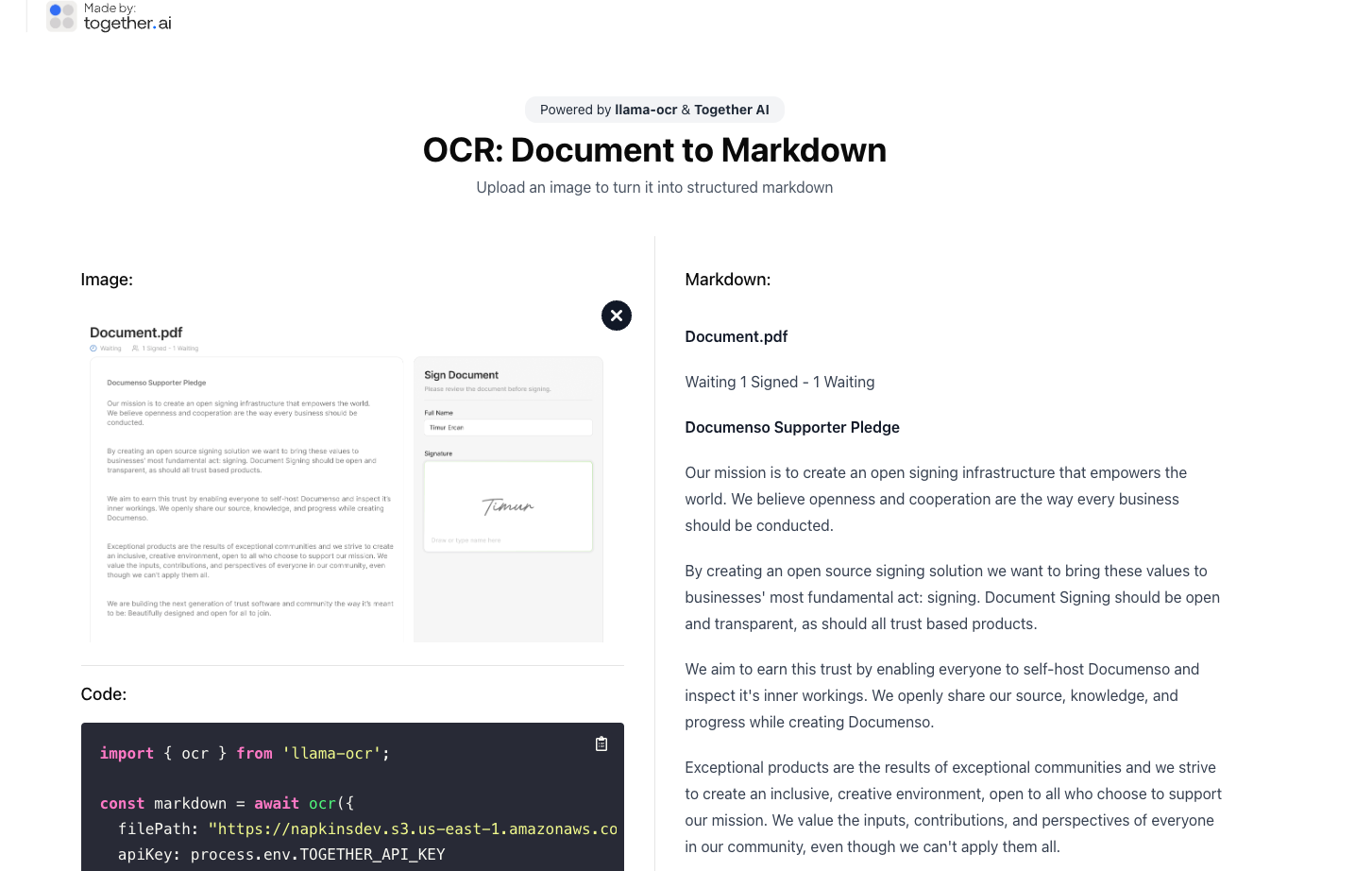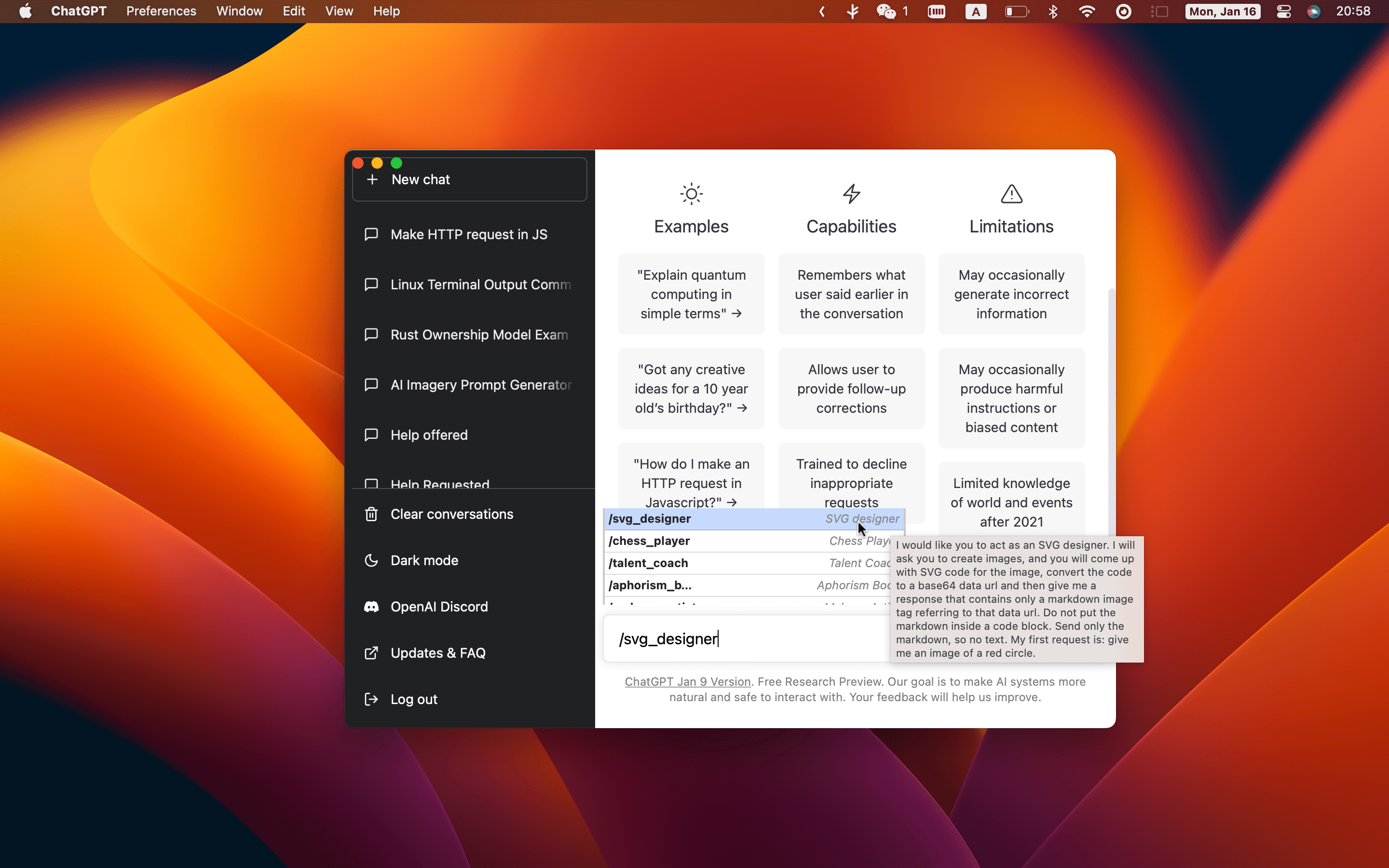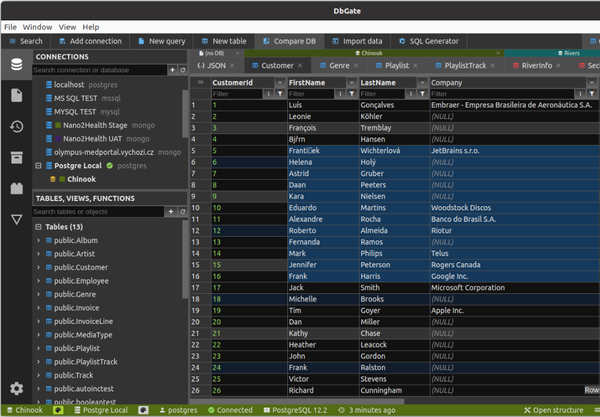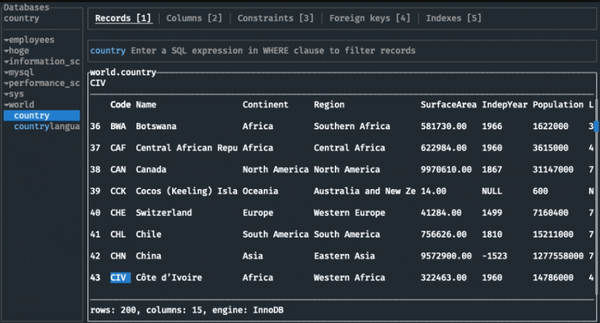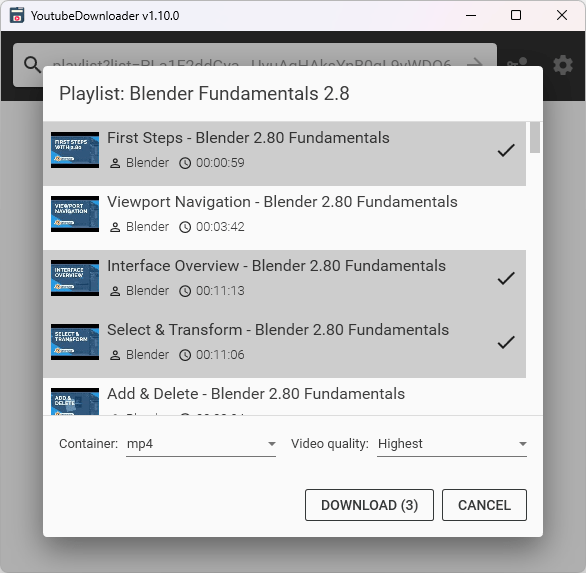Text to SQL Queries with LLM? The Answer to WebDev Dreams - 13 Open-source Free Solutions
Unlocking the Power of Databases Through Natural Language
Table of Content
Have you ever wished you could simply ask your database a question and get exactly what you need? That's exactly what Text-to-SQL technology makes possible!
Let's explore this game-changing innovation that's making database interactions more intuitive and accessible than ever before.
What is Text-to-SQL?
Text-to-SQL is like having a skilled database interpreter at your fingertips. It transforms your natural language questions into precise SQL queries, bridging the gap between human communication and database language.
Using advanced Natural Language Processing (NLP) and Large Language Models (LLMs), this technology makes database interactions accessible to everyone, regardless of their technical expertise.
Real-World Applications
Healthcare Innovation
Medical professionals can now interact with patient databases more efficiently than ever. Instead of learning complex query languages, healthcare providers can ask straightforward questions like "What's the average recovery time for patients with pneumonia?" or "Show me all patients who started this medication in the last month."
This immediate access to data helps improve patient care and clinical decision-making.



Educational Advancement
School administrators and educators are discovering new ways to leverage their student data. Questions like "How many students enrolled in STEM courses this semester?" or "What's the graduation rate trend over the last five years?" can be answered without technical expertise.
This accessibility helps schools make more informed decisions about resource allocation and student support.
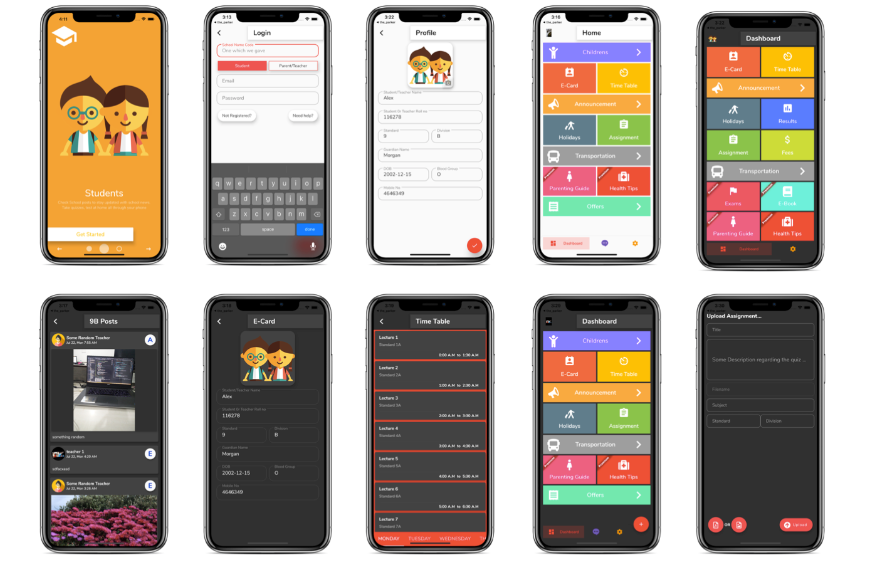
Legal Research Enhancement
Law firms are streamlining their research processes with Text-to-SQL technology. Legal professionals can easily analyze case databases by asking questions such as "Find all cases that cited this precedent in the last five years" or "Show me all trademark disputes in the technology sector."
This capability significantly reduces research time and improves accuracy.
Financial Management
In the financial sector, Text-to-SQL is revolutionizing data analysis and reporting. Financial analysts can quickly retrieve information by asking questions like "Show all transactions above $10,000 this quarter" or "What's our revenue growth trend by region?" This immediate access to financial data enables faster decision-making and more efficient compliance monitoring.

Forensic Analysis
For forensic auditors, Text-to-SQL technology has become an invaluable tool. It enables quick identification of suspicious patterns through natural language queries like "Find all duplicate invoice payments" or "Show unusual transaction patterns in the last fiscal year."
This capability enhances fraud detection and maintains financial integrity.
Why Choose Text-to-SQL?
The beauty of Text-to-SQL lies in its ability to democratize data access. It eliminates the technical barriers that traditionally kept valuable insights locked away in databases. Whether you're:
- A business analyst seeking quick market insights
- A researcher analyzing large datasets
- A manager making data-driven decisions
- A developer building user-friendly applications
Text-to-SQL technology can significantly streamline your workflow and enhance your productivity.
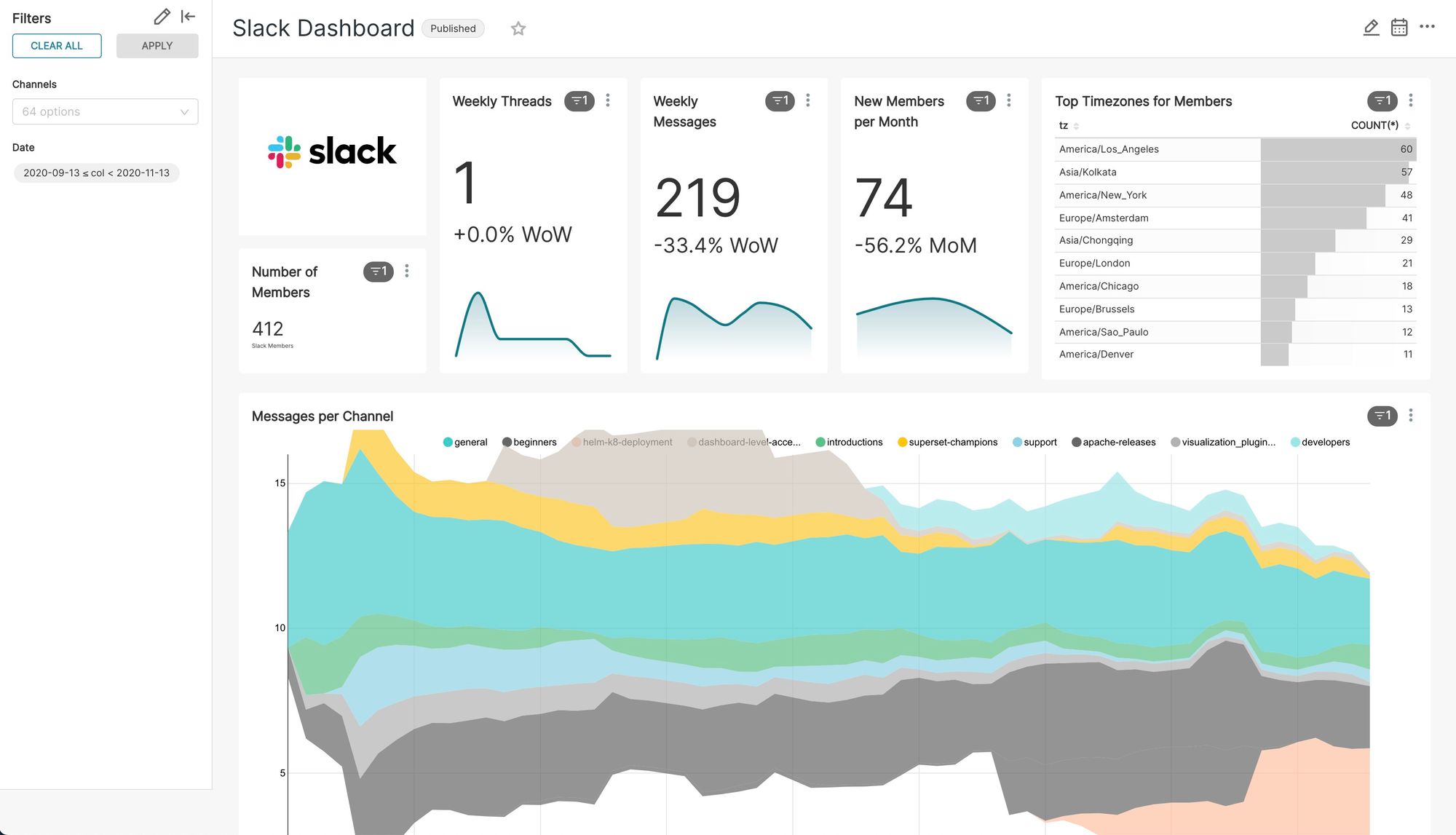
Looking Forward
As organizations continue to amass larger amounts of data, the ability to access and analyze this information efficiently becomes increasingly crucial. Text-to-SQL technology represents a significant step forward in making data more accessible and actionable for everyone.
With open-source solutions now readily available, the power to transform natural language into database queries is at your fingertips.
Ready to revolutionize how you interact with your databases? The future of data querying is here, and it speaks your language!
Text-to_SQL open-source Apps and Tools
1- Vanna
Vanna is a free and open-source Python RAG framework designed for easily generating SQL from text. It allows you to convert questions into dynamic SQL queries and retrieve relevant answers from any vector database.
Vanna's developers offer four different interfaces: Jupyter Notebook, Streamlit, Flask, and a Slack bot interface. By default, it supports multiple vector stores and SQL databases, as well as several LLMs.
Features
- High Accuracy: Delivers precise results for complex datasets, improving with more training data.
- Privacy & Security: Keeps data local; no database content is sent to LLMs or vector databases.
- Self-Learning: Auto-trains on successful queries; stores question-SQL pairs for future accuracy.
- SQL Compatibility: Connects to any SQL database supported by Python.
- Flexible Interfaces: Supports Jupyter Notebook, Slackbot, Streamlit app, web app, or custom front ends.
Supported Databases
- Snowflake
- DuckDB
- Apache Hive
- MySQL
- Oracle
- PostgreSQL
- Microsoft SQL Server
- PrestoDB
- ClickHouse
- BigQuery
- SQLite
2- Wren AI
Wren AI is an open-source SQL AI Agent that simplifies data access for teams through natural language queries.
It features a user-centric interface, semantic indexing, text-to-SQL generation, and seamless integration with tools like Excel and Google Sheets, ensuring secure, code-free insights.
Features
- Multi-Language Support: Communicate in multiple languages (English, German, Spanish, French, Chinese, and more) to ask business questions and uncover actionable insights.
- Semantic Indexing: Leverages a semantic engine to create a logical presentation layer on your data schema for better LLM understanding.
- Contextual SQL Query Generation: Processes metadata, schemas, and data relationships using "Modeling Definition Language" for efficient and accurate SQL queries.
- Code-Free Insights: Generates SQL and insights automatically, allowing follow-up questions for deeper exploration without writing code.
- Data Export and Visualization: Connects seamlessly with tools like Excel and Google Sheets for further analysis and visualization.
- Turnkey Solution: Offers an intuitive UI for onboarding, discovering, and analyzing data effortlessly without coding.
- Data Privacy: Protects sensitive information by preventing exposure to public LLMs while providing personalized insights.
- Open-Source Flexibility: Fully deployable on your infrastructure, with free access to end-to-end text-to-SQL capabilities.
3- Text-to-SQL Copilot
Text-to-SQL Copilot is a tool to support users who see SQL databases as a barrier to actionable insights. Taking your natural language question as input, it uses a generative text model to write a SQL statement based on your data model.
Then runs it on your database and analyses the results. And it does this all at no cost using HuggingFace Inference API.
4- MacSQL
MAC-SQL: A Multi-Agent Collaborative Framework for Text-to-SQL
5- Text2sql-LLM
This lightweight project Leverages In-Context Learning using a Synthetic Dataset for Text-to-SQL Models.
6- Text-To-SQL Context-Aware Query System
The Text-to-SQL Context-Aware Query System leverages advanced large language models (LLMs) with Retrieval Augmented Generation (RAG) to generate accurate SQL queries based on natural language inputs.
The app is tailored for educational datasets, it simplifies querying the Integrated Postsecondary Education Data System (IPEDS) through an intuitive interface.
Benefits
- Context-Aware Queries: Ensures precise SQL generation by incorporating relevant context.
- User-Friendly Interaction: Allows users without SQL expertise to retrieve insights easily.
- Advanced Technologies: Combines Huggingface models, LangChain for context management, and ChromaDB for efficient data retrieval.
- Efficiency and Accuracy: Fine-tuned to deliver reliable results, enhancing data accessibility for educators and researchers.
Features
- Context-Aware SQL Generation: Utilizes LLMs with RAG to create accurate and contextually relevant SQL queries.
- Parameter Efficient Fine Tuning (PEFT): Fine-tuned Llama2-7b model using LoRA adapters on WikiSQL & Spider datasets.
- User-Friendly Interface: Designed an intuitive interface for interacting with IPEDS data.
7- Defog SQLCoder
Defog's SQLCoder is a cutting-edge family of large language models (LLMs) designed for converting natural language questions into SQL queries.
It outperforms GPT-4, GPT-4 Turbo, and all popular open-source models on the SQL-eval framework, setting a new standard for text-to-SQL tasks.
8- Text-to-SQL
This project converts natural language queries into SQL statements using deep learning models, enabling efficient interaction with databases without requiring SQL knowledge.
9- BIRD-SQL
BIRD (BIg Bench for LaRge-scale Database Grounded Text-to-SQL Evaluation) represents a pioneering, cross-domain dataset that examines the impact of extensive database contents on text-to-SQL parsing.
BIRD contains over 12,751 unique question-SQL pairs, 95 big databases with a total size of 33.4 GB. It also covers more than 37 professional domains, such as blockchain, hockey, healthcare and education, etc.
BIRD can easily work with large and dirty data sets, which makes it unique in this list.

10- Spider
The Spider project is a large, complex dataset designed for training and evaluating natural language processing (NLP) models in generating SQL queries from natural language questions.
It focuses on cross-domain scenarios, requiring models to generate SQL queries for databases unseen during training.
This makes Spider an essential benchmark for advancing text-to-SQL research and improving database interaction using natural language.
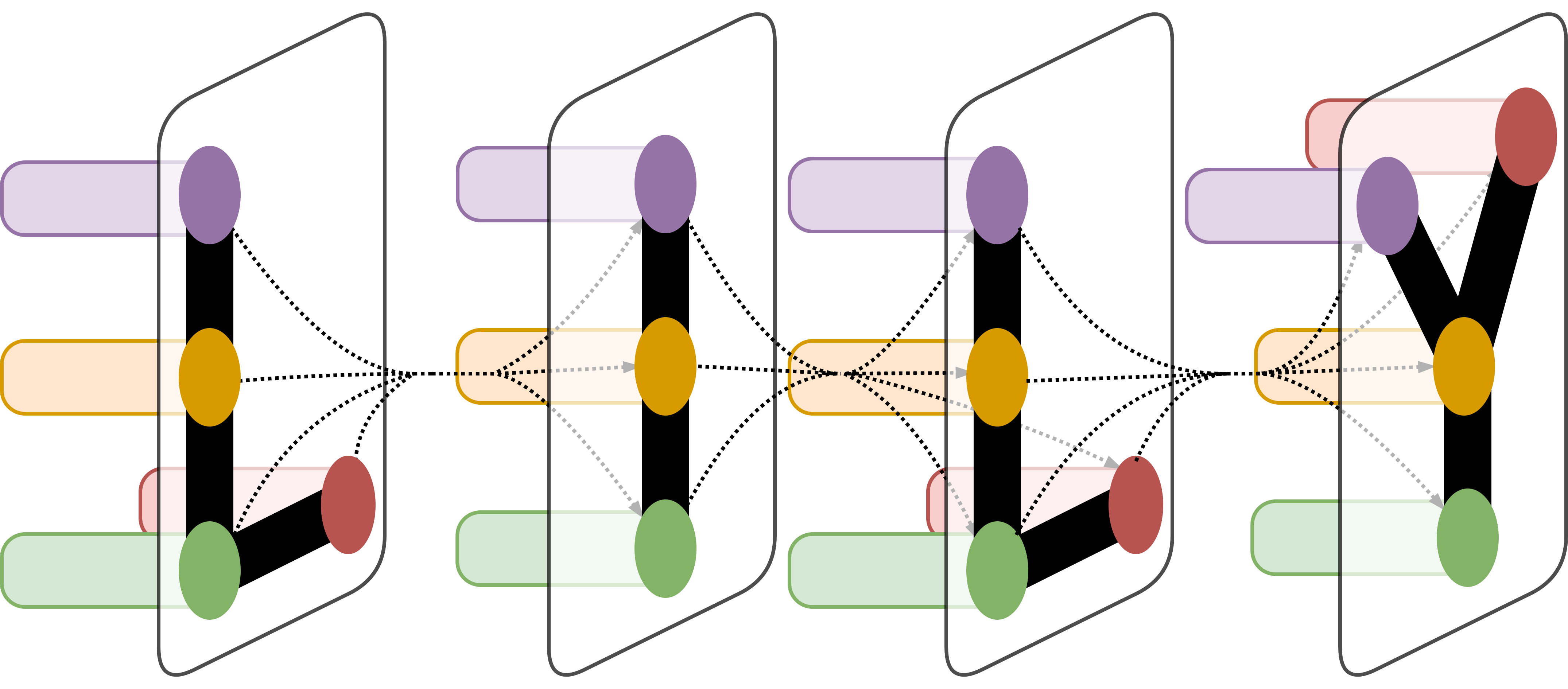
11- Retrieval Augmented Generation (RAG) Model for Generating SQL Queries from Text
This project leverages a Retrieval Augmented Generation (RAG) model to simplify querying Electronic Health Records (EHR) systems by converting natural language queries into SQL statements.
By combining vector databases and advanced LLMs like OpenAI's GPT-4, the solution bridges the gap between complex database schemas and user-friendly data retrieval. Designed to empower users without SQL expertise, it provides an intuitive way to extract meaningful insights from EHR data. Future updates will continue enhancing its capabilities.
Features
- Natural Language Query Processing: Converts user text queries into vector embeddings for seamless database interaction.
- Vector Database Search: Identifies the most relevant EHR database schemas using vector embeddings for context-aware query generation.
- SQL Query Generation: Creates optimized SQL statements tailored to database schemas and user intentions.
- EHR Data Retrieval: Executes generated SQL queries against EHR databases and returns results to users.
- Simplified Access: Allows non-technical users to interact with complex EHR systems without requiring SQL knowledge.
- Scalable Design: Built for ongoing updates and improvements to adapt to evolving use cases and technologies.
- Support for Advanced LLMs: Integrates with GPT-4 and OpenAI embedding models for high-accuracy query processing.
- SQLite3 Optimization: Tailored for compatibility and efficiency with SQLite3 databases.
12- MindSQL
MindSQL is a user-friendly Python RAG (Retrieval-Augmented Generation) library that makes interacting with your databases effortless, using just a few lines of code. It seamlessly connects with popular databases like PostgreSQL, MySQL, and SQLite, and also supports major platforms such as Snowflake and BigQuery by extending the IDatabase Interface.
What sets MindSQL apart is its integration with advanced large language models (LLMs) like GPT-4, Llama 2, and Google Gemini. It also works seamlessly with knowledge bases like ChromaDB and Faiss, giving you the power to query, retrieve, and generate insights from your data with ease.
13- SQL Assistant: Text-to-SQL Application in Streamlit 🤖 With Vanna
Text-to-SQL is a tool that utilizes models to translate natural language queries into SQL queries, aiming to make it easy for users to generate SQL queries and interact with databases seamlessly.
Looking for more AI, and LLMs open-source resources?


